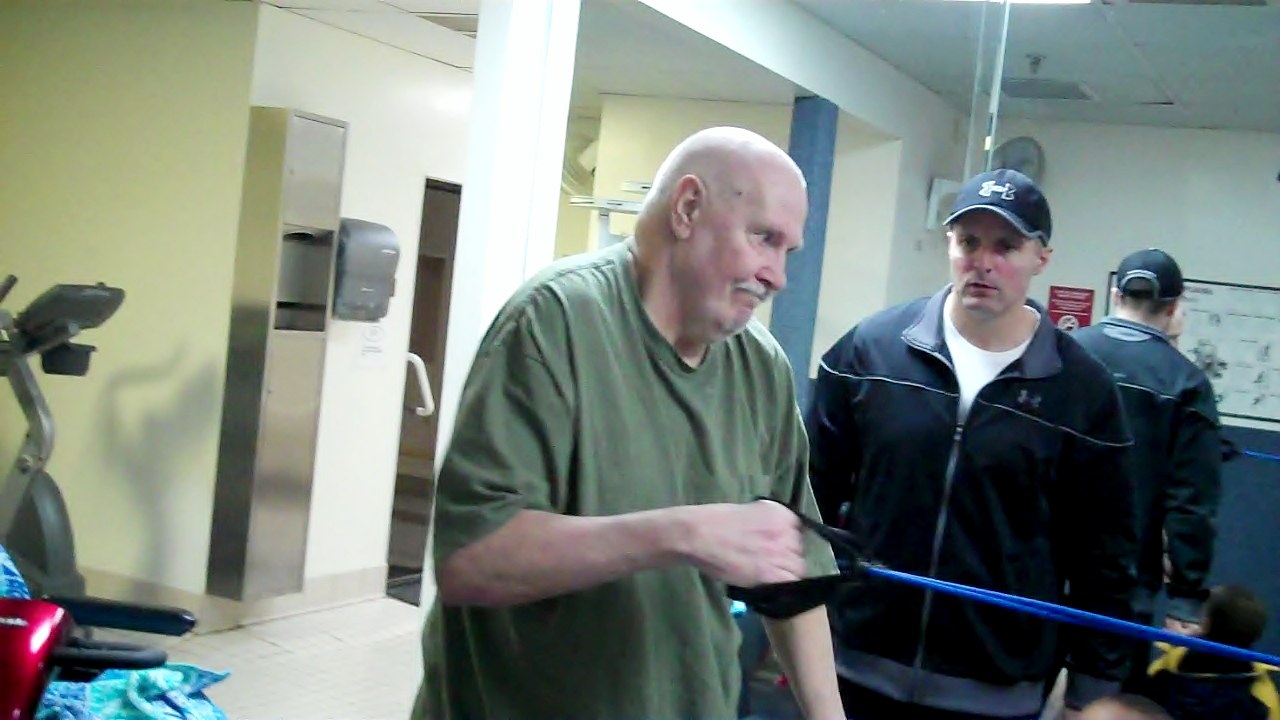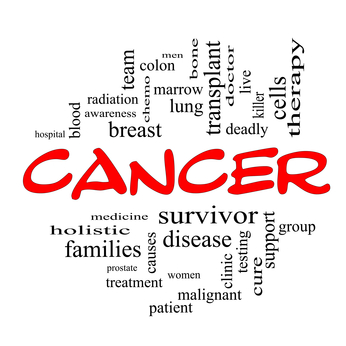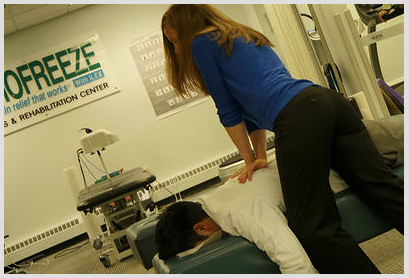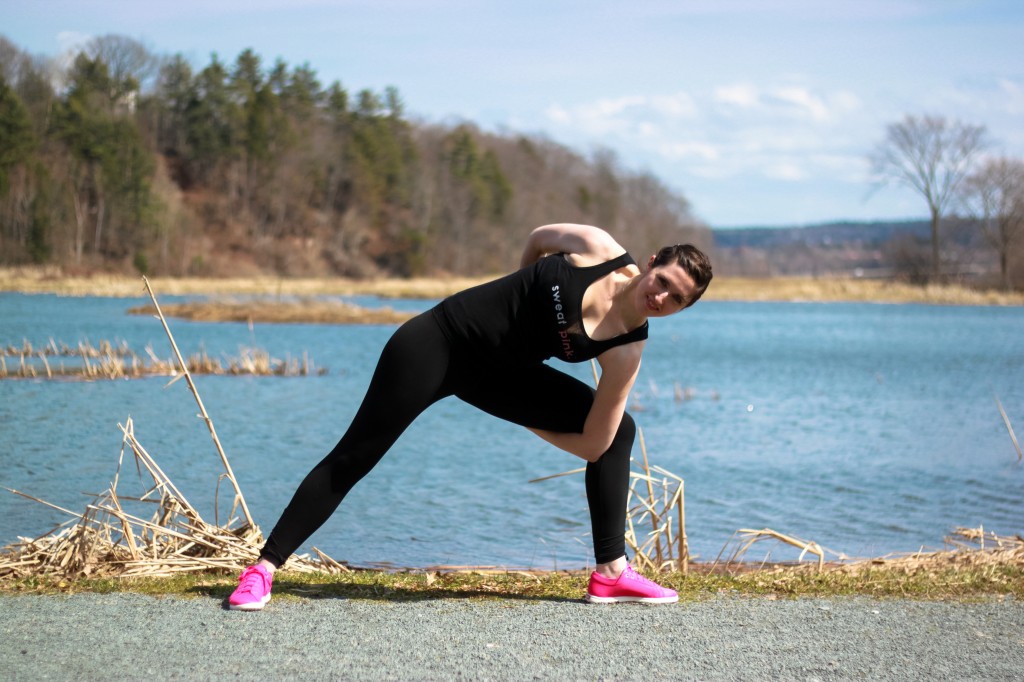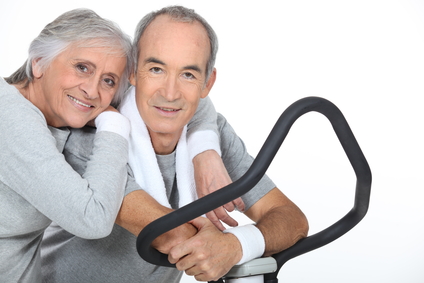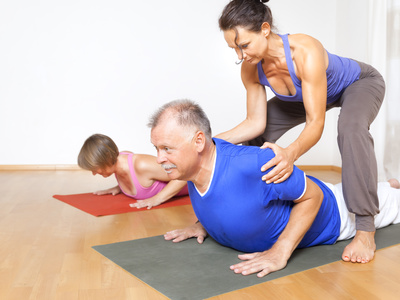Advantages to Taking your Training Outdoors
During the summer months, the hot and humid weather can make the climate-controlled, convenient environment of the gym really enticing. Despite wanting to enjoy not sweating as much, there are many wonderful benefits to taking your workouts outdoors.

